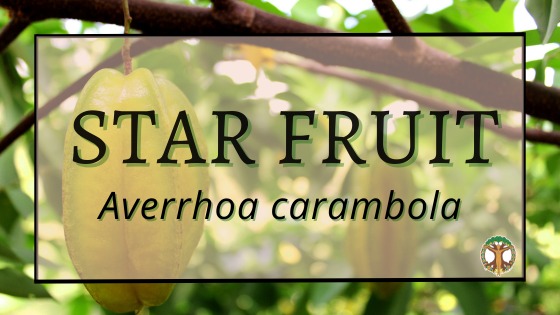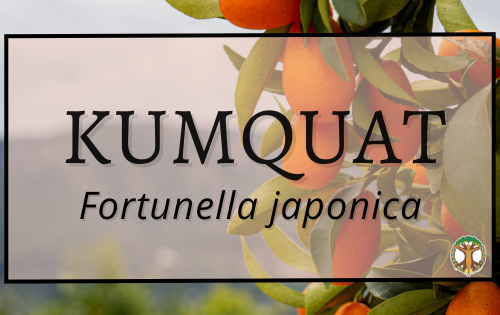
Star Fruit
Latin Name: Averrhoa carambola
Common Names: star fruit, carambola, five-corner, in TCM it is called Yang Tao
Family: Oxalidaceae
Habitat: Star fruit is a small to medium sized evergreen tree growing up to 10m high and can be multi-trunked. Long compound leaves (15-30cm) are arranged alternately on branches with each leaf having 5-12 leaflets. Flowers are small, pink/lavender, and have 5 sepals and petals each. Fruits are typically 5-15cm long with usually 5 longitudinal ribs and when cut in cross-section appear star shaped. The flesh is yellow and juicy and lacks fiber and should be picked when ripe as it doesn’t increase in sugar content after harvest.
Considered native to Malaysia, they are now widely cultivated in tropical and subtropical regions around the world and grown for their star-shaped fruit. In Florida, they have been cultivated for about 100 years and with the importation of material from Thailand, Taiwan and Malaysia the fruit has become sweeter over time. They prefer warm growing conditions, protection from strong winds, well drained soils, and are not particularly drought tolerant.
Parts Used: fruit, leaf
History/Tradition: Star fruit has been used in Ayurvedic and Traditional Chinese Medicine to treat conditions such as fever, cough, diarrhea, chronic headache, inflammatory skin disorders (eczema), and fungal skin infections as well as diabetes, diabetic nephropathy, arthralgia, vomiting, hangovers, and chronic paroxysmal.
Systems: immune, cardiovascular, urinary, digestive
Actions: antioxidant, hypoglycemic, hypotensive, hypocholesterolemic, hepatoprotective, anti‐inflammatory, anti‐infective, immune-boosting, cardioprotective, and antitumor
Cautions: Star fruit has is high in oxalates, so those with kidney issues should consult their doctor before eating.
Constituents: saponins, flavonoids, alkaloids, tannins, and pyrogallic steroids. Rich in antioxidants like Vitamin C, beta-carotene, gallic acid, magnesium, iron, zinc, manganese, potassium and phosphorus.
Culinary Use: Star fruit is delicious eaten raw, made into a beverage, added to salads, pickled or added to baked goods. My favorite way to prepare it so far has been to make a star fruit upside down cake for Thanksgiving. Trees produce abundant fruit from late summer through fall here in FL and having been gifted a large amount just before Thanksgiving I tasked myself with finding a recipe that would be nice to share and that shows off the unique shape of the fruit. Here is a link to an easy to make recipe:
https://www.foodnetwork.com/recipes/food-network-kitchen/star-fruit-upside-down-cake-3363912
Other Uses: Star fruit has also been used as a stain remover, for the treatment of bee stings, and as an anti-rust agent in the treatment of metal.
References:
https://www.ncbi.nlm.nih.gov/pmc/articles/PMC7958541
https://edis.ifas.ufl.edu/publication/MG269
https://www.ncbi.nlm.nih.gov/pmc/articles/PMC8407000
Written by Jaime Pawelek






